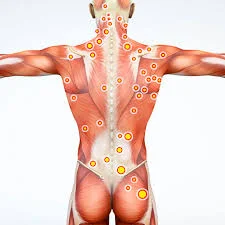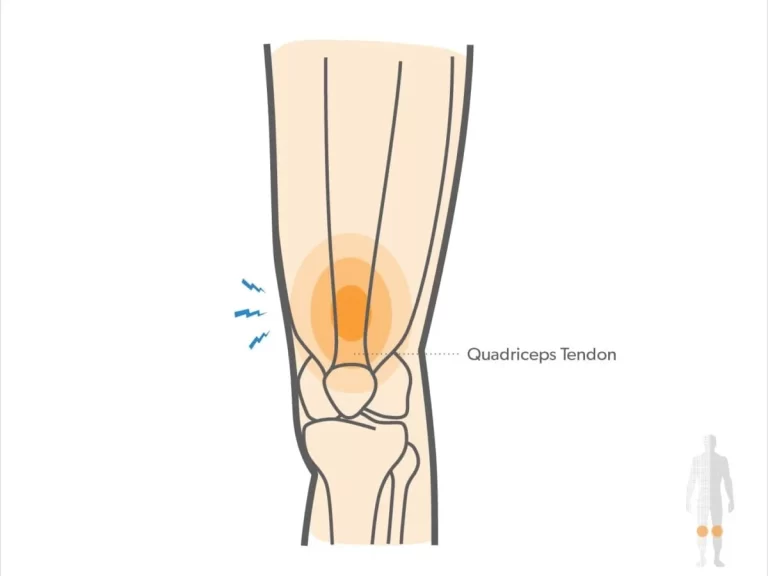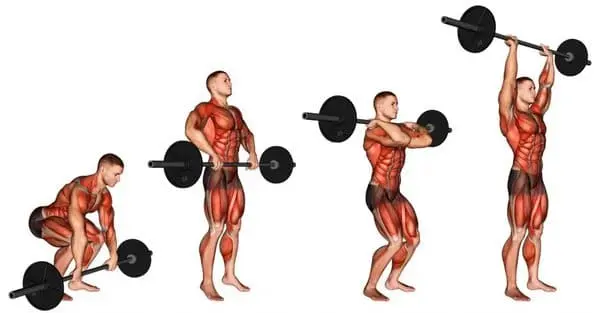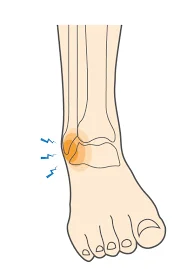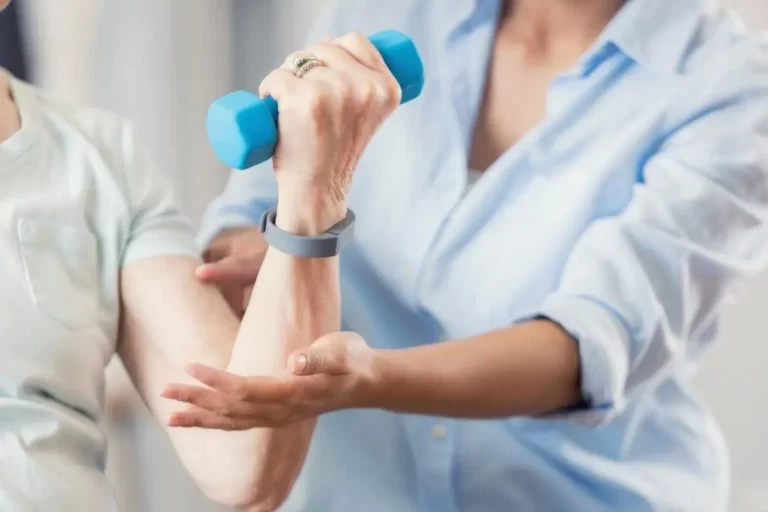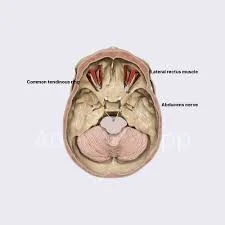Trigger Points Treatment
Trigger point therapy: what is it?
Trigger point therapy is a neuromuscular treatment intended to reduce pain, address muscle imbalances, and hasten the healing process following an accident.
Your physiotherapist will stretch the muscle and then apply pressure to regions of muscular tension or ‘knots’. This eases stiff muscles and promotes recovery.
Causes:
The following are typical reasons for muscle knots:
- tension and stress
- physical injury
- harm to the muscles
- Stress on an emotional level
- bad posture
- extended periods of bed rest or sitting without stretches
- Standing still for extended periods might cause muscular knots in someone who spends a lot of time sitting at work.
How might trigger point treatment be beneficial?
An injury to a muscle causes inflammation. The body is aware of this, and because it hurts, you defend the muscle to stop more harm. Trigger point therapy’s pressure “reprograms” the neuromuscular system, reducing pain. This promotes the muscles to recover to their natural state. As the person feels less pain and stiffness and the inflammation goes down, this aids in the healing process.
Symptoms:
Typical signs of MPS include:
severe discomfort in specific muscle regions that worsens as the affected muscle is pulled or stretched
Muscles that are weak, stiff, inflexible, or have a decreased range of motion; painful knots in the muscles that, when squeezed, generate strong localized or referred pain; mood or sleep disorders; and muscular pain that worsens or does not go away over time
Diagnosis
Your healthcare provider may apply light finger pressure to the affected muscle during a physical examination to feel for any sore spots. Certain reactions can be elicited by applying pressure to the trigger point in specific ways. You may experience a muscular twitch, for example.
There are several potential reasons for muscle discomfort. To rule out further causes of muscular discomfort, your healthcare provider performs additional tests and treatments.
Trigger Points Treatment
Physical therapy, trigger point injections, and medications are commonly used to treat myofascial pain syndrome. A major component of any therapy strategy is exercise.
Talk to your healthcare provider about your preferences and available treatment options. To get pain relief, you might need to try a few different methods.
Drugs
To relieve discomfort, a medical professional could suggest taking medicine. The majority of the time, they will recommend medicines like nonsteroidal anti-inflammatory drugs, which include over-the-counter medications like aspirin or ibuprofen.
The following drugs are also used to relieve muscular pain:
- Relaxants for muscles
- Anticonvulsants
- Antidepressants
- Botox
Physical Therapy
Depending on your symptoms, a physical therapist can assist you in reducing your discomfort. Treatment might include:
Stretching: To assist relieve the pain in your strained muscle, a physical therapist could guide you through some light stretches. The therapist may apply a numbing spray to your skin if stretching causes you to experience trigger point discomfort.
For example, stretches that target the trapezius trigger point,
Stretching from ear to shoulder:

- Standing or sitting, keep your back straight.
- Your ears are supposed to be close to your shoulder as you gently tilt your head to one side.
- For a more thorough stretch, use your hand to gently draw your head closer to your shoulder.
Massage: To help you feel better, a physical therapist could massage the affected muscle. To relieve tension, the therapist may apply pressure to specific muscle locations or move their hand along your muscles for extended periods.
For instance, a calf massage to relieve calf muscle trigger points
Firmly press the aching areas of your calf muscles with your fingertips. Release the pressure after holding it for 30 to 60 seconds.
Dry needling: For many individuals, simply inserting the needle into the trigger point relieves the tense muscles. We refer to this as dry needling. Additionally, some persons with myofascial pain syndrome seem to benefit from acupuncture.
TENS stands for transcutaneous electronic nerve stimulation. A little electrical charge is sent to the painful locations as a result. The electricity is supplied by electrodes that are affixed to the skin. The mechanism by which TENS reduces pain is unknown. Further research is required.
Ultrasound: Sound waves are used in this kind of therapy to promote warmth and blood flow. This might lessen myofascial pain syndrome-related muscular discomfort.
Shock wave treatment is administered extracorporeally. The waves of sound are applying to the affected area.
In manual therapy, a therapist evaluates a patient’s posture and offers exercises and adjustments to realign and improve it.
For instance,
Points where the biceps muscle triggers
Bicep curl:

Beginning Position: Make yourself stand with your feet about shoulder-width apart and grasp dumbbells in both hands, with the palms facing in the front.
Phase Up: Curl the weights towards your shoulders while maintaining a stationary upper arm position and elbows close to your body.
Phase Down: Return the weights to the beginning position gradually.
Repeat: Carry out as many repetitions as you like.
Hammer Curls: Raise the dumbbells towards your shoulders while holding them palms facing each other. This variation focuses on the biceps and forearms.
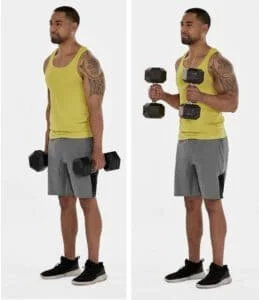
muscular trigger points in the quadriceps
Quadriceps stretch: Stretch your quadriceps by facing a wall or other solid object. Pull your heel towards your buttocks by bending back a little and using your hand to grasp your ankle. Change legs after 30 seconds of maintaining.
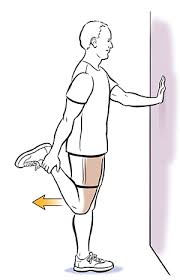
To do a wall sit, face the wall, maintain your feet shoulder-width apart, and place your back flat against it.
Slowly descend the wall once your knees are 90 degrees apart from it. After 30 seconds of holding, push yourself back to your feet.

Foot muscle trigger points
Lifting your toes:
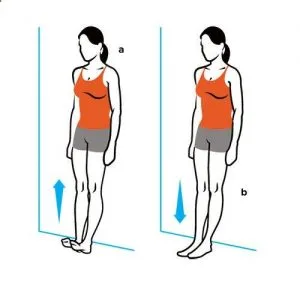
Ankle motion: Make two circular motions with your ankles: clockwise and anticlockwise. Ten times in each direction, repeat.
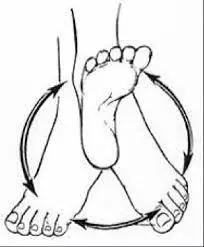
Towel scrunches: Place a towel beneath your feet while seated in a chair. preserve your toes scrunched while you gather the towel, then release them. Do this ten times.
injections at trigger points. Although the needle used in this treatment contains a fluid, usually a local anesthetic, it is comparable to dry needling. Although there is no scientific proof that steroids are beneficial, they are nevertheless an option.
How to Avoid Trigger Points
Your best option is to avoid trigger points altogether since, despite their innocuous nature, they can cause a great deal of pain and interfere with your everyday activities.
This is feasible, which is wonderful news! You can attempt the following trigger point prevention and rehabilitation techniques at home:
- Frequent stretching and physical activity (yoga is a fantastic choice!)
- Treatment with foam rollers
- Good posture, even when driving! (A posture corrector can be useful!)
- Restful sleep
- A healthy diet
Home cures and lifestyle
Maintaining your physical well-being may help you manage your discomfort. Make an effort to:
Work out. You can manage your pain by engaging in little activity. Get moving as soon as your discomfort permits. Find out what exercises are best for you by speaking with your physical therapist or another member of your healthcare team.
Calm down. You can have more discomfort if you’re tight. Look for methods to unwind. Breathe deeply. Engage in meditation. Keep a journal. Consult your buddies. Take action to reduce your stress.
Look after your body. Eat a lot of fruits and veggies. Make sure you get adequate rest.
Summary
Trigger points are narrow bands of muscle that form throughout muscles as tissue maintains its spasm. They are frequently called knots. The tiny nodules are brought on by stress or damage to the muscle, such as persistently bad posture or sleeping in an uncomfortable position. They might restrict your range of motion and cause pain.
There are several therapy methods accessible, even though reducing trigger point pain might be challenging. Your doctor may suggest physical therapy, massage therapy, medicine, or needling as a type of treatment.
FAQs
What are some ways to treat trigger points?
Pain can be reduced by injecting a steroid or numbing medication into a trigger point. Dry needling. For many individuals, simply inserting the needle into the trigger point relieves the tense muscles.
Which trigger point treatment is the best?
Dry Needling
One of the best methods for treating trigger points is this one. Your provider will stimulate the painful region using small needles resembling acupuncture needles. It may seem strange, but inserting needles into the muscle causes it to relax.
What sort of physician handles knots in the muscles?
Myofascial pain syndrome can be treated by several different kinds of providers, including:
experts in pain management.
rheumatologists.
Orthopaedists.
practitioners of physical therapy.
Which trigger point occurs most frequently?
However, the head’s neck, shoulders, and back are where trigger points are most frequently seen. Trigger points in these areas can result in headaches, shoulder discomfort, and neck pain.
References
- Trigger Point Therapy – Manual Therapy – Physiotherapy – Treatments – Physio.co.uk. (n.d.). https://www.physio.co.uk/treatments/physiotherapy/manual-therapy/trigger-point-therapy.php
- Inverarity, L., DO. (2022b, October 24). What Are Trigger Points—and How Can Therapy Help? Verywell Health. https://www.verywellhealth.com/trigger-point-2696165
- Cough, J. (2024, October 14). How Does Trigger Point Massage Work? Oviedo Chiropractic. https://chiropractorinoviedo.com/blog/how-does-trigger-point-massage-work/
- Crna, R. N. M. (2024b, January 29). How to treat muscle knots. https://www.medicalnewstoday.com/articles/321224#treatments
- support@valethealth.com. (2021, May 19). Trigger Points: Diagnosis and Treatment Options | The Spine Diagnostic & Pain Treatment Center. The Spine Diagnostic & Pain Treatment Center. https://spinediagnostic.com/trigger-points-diagnosis-and-treatment-options/
- Myofascial pain syndrome – Diagnosis and treatment – Mayo Clinic. (n.d.). https://www.mayoclinic.org/diseases-conditions/myofascial-pain-syndrome/diagnosis-treatment/drc-20375450

